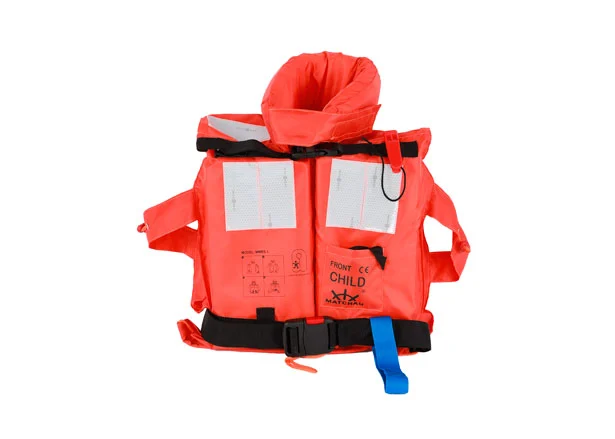
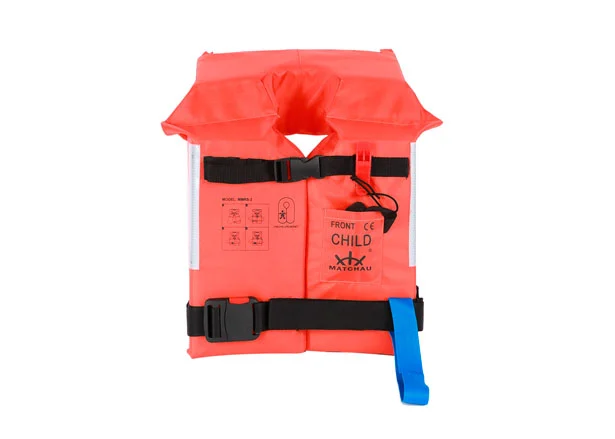
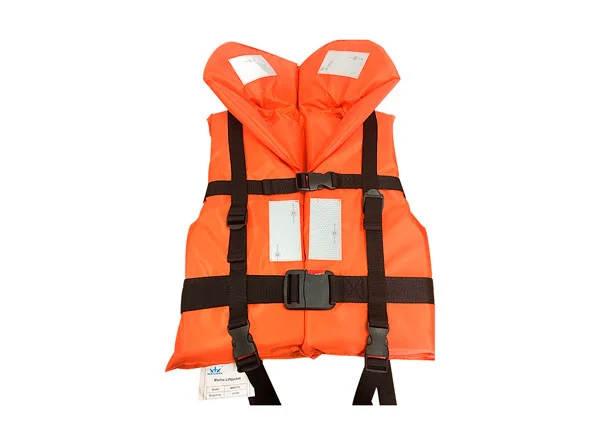



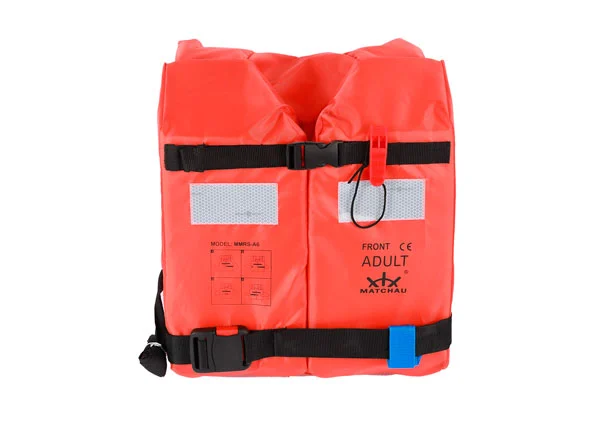
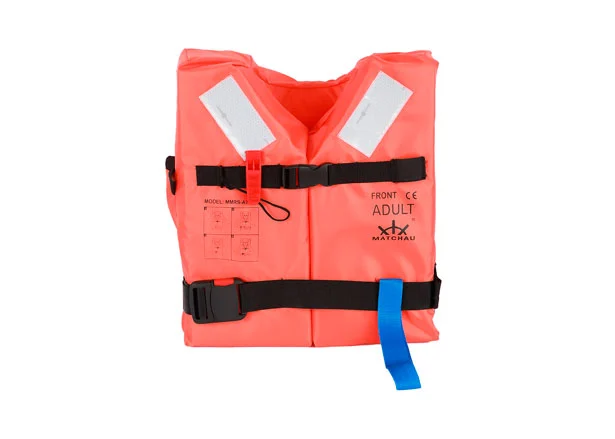


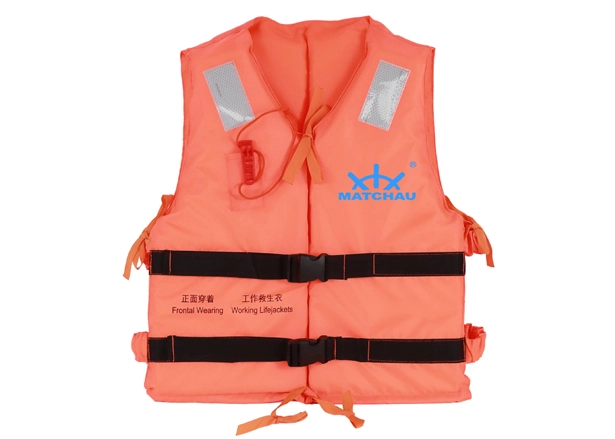

Foam life jackets typically use closed-cell foam as the buoyant material. Closed-cell foam is a type of life vest foam that has closed cells or bubbles that are sealed off from each other, preventing the foam from absorbing water. This characteristic makes closed-cell foam buoyant and suitable for use in lifejackets. The foam provides the necessary buoyancy to keep the wearer afloat in water, ensuring their safety during water-related activities. Closed-cell foam is also known for its durability and resistance to water, making it a reliable choice for life jacket construction.
Regular maintenance involves inspecting the lifejacket for any damages, ensuring all straps and buckles are secure, and keeping the foam material clean and free from debris.
Foam lifejackets are ready to use immediately without any inflation required, making them reliable and suitable for situations where rapid flotation is crucial.
The lifespan of a foam lifejacket depends on its usage, maintenance, and the quality of materials. With proper care, foam lifejackets can last for several years.
A life jacket is a life-saving device that helps a drowning person stay afloat and avoid drowning. Its principle mainly relies on the buoyancy of the material and the design of the structure to achieve. In water activities, the role of the life jacket is crucial, so understanding the principle of the life jacket is crucial for our safety awareness and emergency response ability.
Foam life jackets are usually made of foam materials, which are very buoyant and can support the weight of the human body in the water, so that people can stay on the surface of the water without sinking. This buoyancy comes from the foam inside the life jacket, when the person puts on the life jacket, these materials will be squeezed by the water, thus generating buoyancy, so that the person can stay afloat in the water.
Buoyancy of life jacket 150N refers to the buoyancy of life jacket can be generated by 150 Newtons. This means that the life jacket can help provide enough buoyancy in the water to keep the wearer's head above the water, thus ensuring the wearer's safety. Life jackets are usually made of foam or inflatable devices that provide some buoyancy. The amount of buoyancy depends on a number of factors, including the material, shape, size, and density of the water. Therefore, different life jackets may produce different buoyancy forces. When choosing a life jacket, you need to choose the appropriate amount of buoyancy based on factors such as personal weight, water conditions, and the expected survival time.